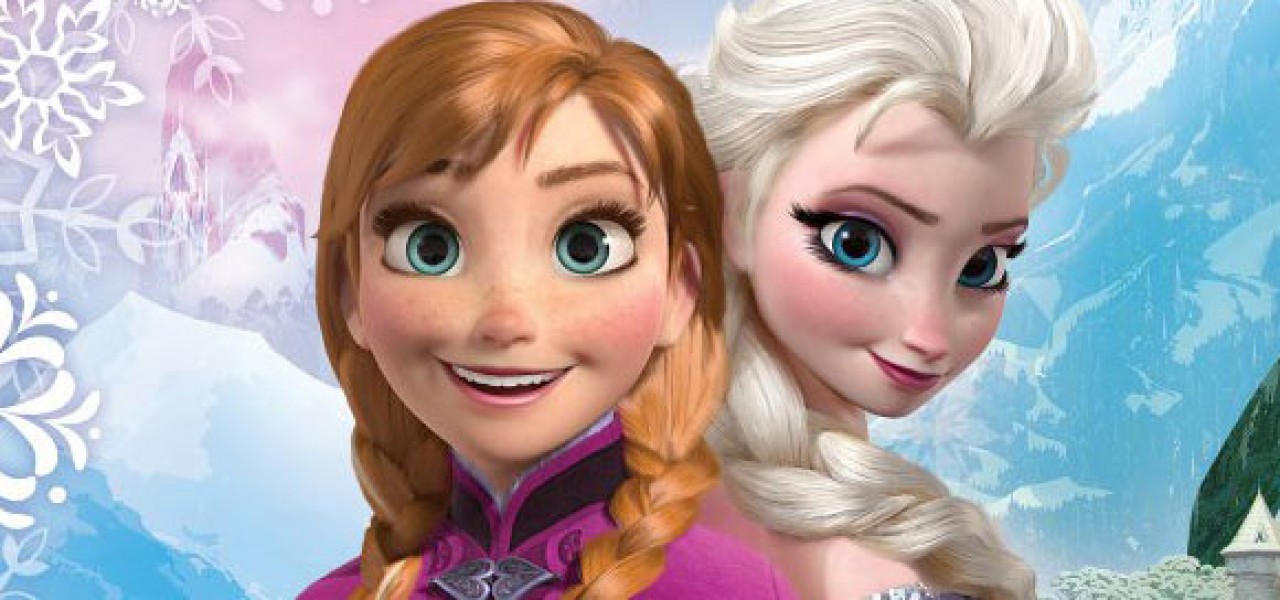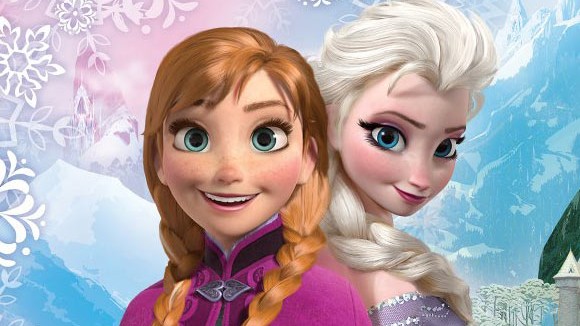

“Frozen” Head of Animation Says Animating Women is “Really, Really Difficult”

Disney’s Frozen won’t be released theatrically for another month-and-half, but it’s already melting into one giant slushee of controversy. Some people have chosen to boycott the film because of the chauvinist revisions to its storyline. But the real shitsnowstorm of controversy started from within the studio after Lino DiSalvo, the head of animation on Frozen, claimed that it was “really, really difficult” to animate women because they have to be kept pretty while expressing emotions:
“Historically speaking, animating female characters are really, really difficult, because they have to go through these range of emotions, but you have to keep them pretty and they’re very sensitive to — you can get them off a model very quickly. So, having a film with two hero female characters was really tough, and having them both in the scene and look very different if they’re echoing the same expression; that Elsa looking angry looks different from Anna being angry.”
These comments were reposted on Tumblr earlier this afternoon, and tens of thousands of users have added notes to the initial post, while criticism has emerged from other well known creative practitioners, like comic artist Faith Erin Hicks on Twitter:

In fairness to DiSalvo, I get what he’s saying as an animator. Female characters in animation typically have a more limited range of facial expressions than their male counterparts, and they are caricatured only in villainous (think Cruella de Vil or Medusa in The Rescuers) or comedic contexts. Even Golden Age Disney animators complained about being assigned princesses and other female leads because they were expected to keep these characters within a predictable range of acting. Put two on the screen at the same time, and it becomes an instant challenge.
But DiSalvo’s comments about women having to look pretty and having a limited range of expression are not inherent rules within animation; they are arbitrary aesthetic choices that have been handed down from one generation of Disney animators to the next. Feature film animators choose to use a recycled palette of expressions and they choose to portray woman as cardboard cutouts because directors choose to make these type of films—and entertainment companies profit handsomely when they do.
The Disney Company grosses billions of dollars every year from its Disney Princess franchise. If a company can earn money simply by reducing half of the world’s population into a generic and falsified ideal of beauty, more power to them.
Enlightened animation fans, however, have begun to reject this male-dominated view of animated women, and they have been using every slight opportunity to express their discontent. Someday, an animation company will heed the call and create films with believable women characters that represent the full emotional, mental and physical spectrum of women. Until then, we’ll have to settle for Tangled, Brave and Frozen.
